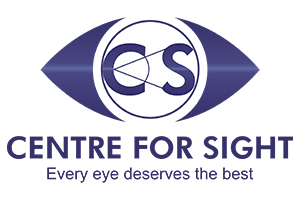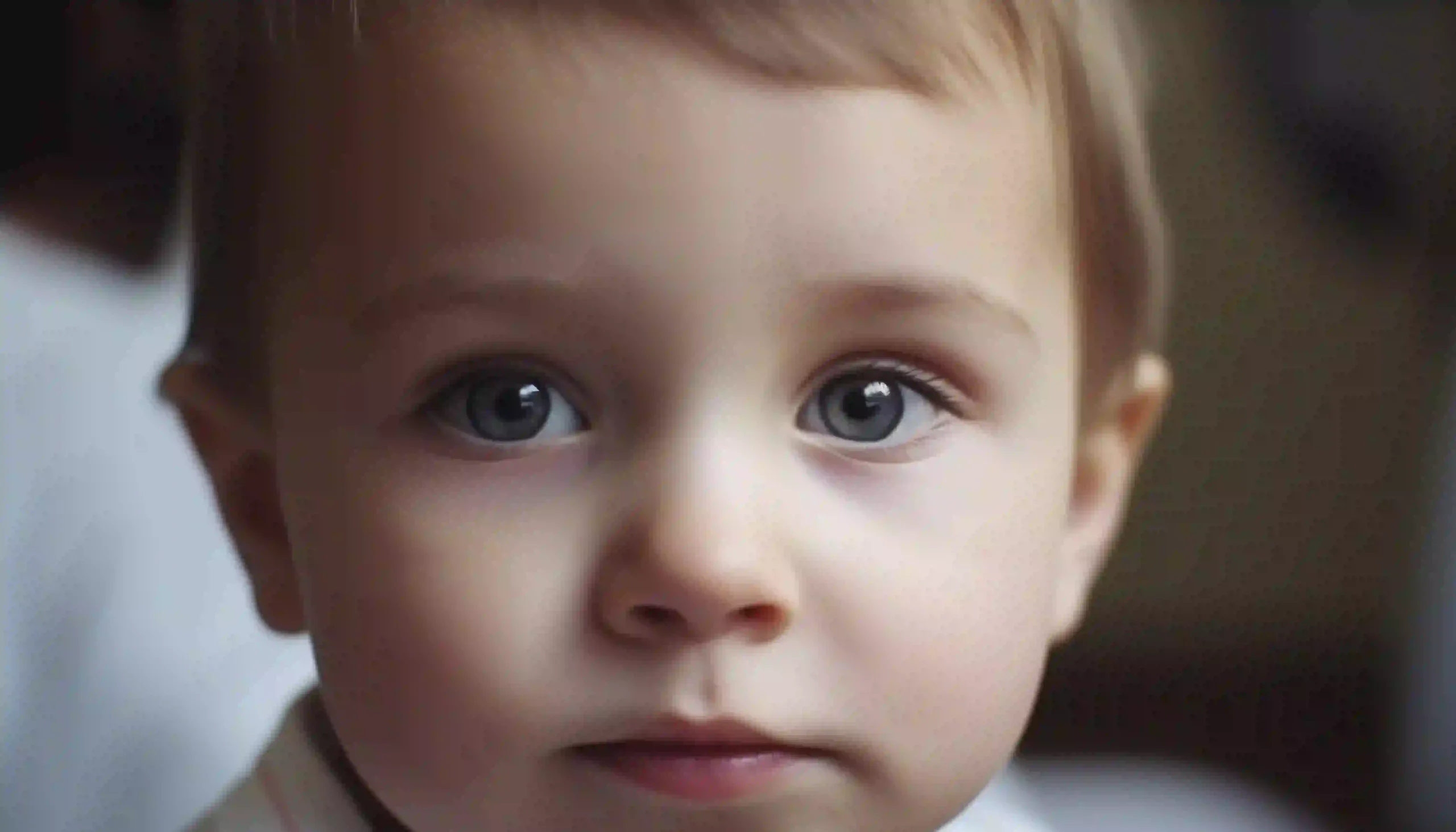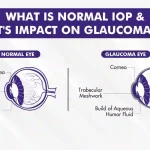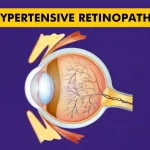Congenital cataract is eye ailment that causes clouding in the lens of the eye at birth or shortly after. This condition, though relatively rare, can have a profound impact on a child’s vision if not addressed promptly and timely. Proper awareness and accurate information is necessary to have; therefore, we will delve into the various aspects of congenital cataracts, understanding their types, causes, congenital cataract treatment options, and essential tips for prevention. So, let’s begin.
10 Types of Congenital Cataracts:
Congenital cataracts types can be classified based on various criteria, including the affected location and extent of the opacities. Here are some common types:
- Total:
This type affects the entire lens and can cause severe vision impairment if not treated promptly.
- Nuclear:
In this congenital cataract type, the opacity is located in the central part (nucleus) of the lens.
- Cortical:
Opacities are found in the lens cortex, which is the outer part surrounding the nucleus. Cortical cataracts often have a spoke-like appearance.
- Polar:
Opacities occur at the poles of the lens (either the anterior or posterior pole). They can vary in size and shape.
- Lamellar:
Opacities are present in a specific layer of the lens called the lens capsule. This type often has a layered or zonular appearance.
- Anterior:
In this congenital cataract type, opacities are located in the front part of the lens.
- Posterior:
Opacities are found in the back part of the lens, interfering with the light entering the eye and affecting vision.
- Membranous (Persistent Pupillary Membrane):
This type involves the presence of persistent fetal membranes within the eye, which can attach to the lens and cause visual disturbances.
- Associated Syndrome:
Some congenital cataracts are associated with genetic syndromes or other systemic conditions. Examples include cataracts seen in Down syndrome, Lowe syndrome, or congenital rubella syndrome.
- Metabolic:
Certain metabolic disorders can lead to the development of cataracts. Galactosemia, for example, is a metabolic disorder associated with cataracts.
It’s important to note that the severity and impact on vision can vary widely among individuals because of various types of congenital cataract. Proper diagnosis and appropriate treatment are crucial for optimizing visual outcomes. The selection of congenital cataract treatment must depend on the specific type and characteristics of the congenital cataract.
Signs and Symptoms of Congenital Cataract
Below are the symptoms of and signs of congenital cataract:
- Cloudy or White Pupil: One of the most noticeable signs is a cloudy or white appearance in the center of the eye, which is usually the pupil. This can be observed by parents or caregivers and may be visible in photographs.
- Poor Visual Behavior: Infants with congenital cataracts may exhibit poor visual behavior. They may not make eye contact, may not follow objects with their eyes, or may not react to changes in light.
- Nystagmus (Involuntary Eye Movement): Some infants with congenital cataracts may develop nystagmus, which is an involuntary rhythmic movement of the eyes.
- Strabismus (Crossed Eyes): Misalignment of the eyes, known as strabismus, may occur in children with congenital cataracts.
- Decreased Visual Responsiveness: Infants may not seem interested in visually stimulating objects or may not reach for objects in their line of sight.
- Sensitivity to Light (Photophobia): Babies with congenital cataracts may be sensitive to light and may react by squinting or avoiding bright lights.
- Delayed Visual Milestones: Children with congenital cataracts may experience delays in reaching visual developmental milestones, such as tracking moving objects, making eye contact, and reaching for objects.
Major Causes of Congenital Cataracts:
Understanding the congenital cataracts is essential for its prevention and early intervention too. While in some cases the congenital cataract causes are not clear because several factors contribute to its development, such as:
- Genetic Factors:
Congenital cataracts can be hereditary, passed down from parents to their children. Specific genetic mutations may increase the risk of cataract formation.
- Maternal Infections:
Infections caused by the mother during pregnancy, such as rubella or herpes, can contribute to the development of congenital cataracts in the infant.
- Metabolic Disorders:
Another congenital cataract cause could be certain metabolic disorders, like galactosemia.
- Trauma or Injury:
Injuries sustained during pregnancy or during childbirth can result in the formation of congenital cataracts.
- Drug and Medication Exposure:
Some medications taken during pregnancy may increase the risk of cataract development in the fetus.
Treatment for Congenital Cataract
Early detection and intervention are crucial for curing congenital cataracts effectively. The Congenital Cataract treatment approach may involve one or a combination of the following:
- Surgery: The most common and effective treatment for congenital cataracts is surgery. This procedure is usually performed under general anesthesia, and involves making a small incision in the eye to remove the affected lens.
- Intraocular Lens (IOL) Implantation: After removing the cloudy lens, an artificial lens, known as an intraocular lens (IOL), may be implanted to replace the natural lens. In some cases, an IOL may not be implanted immediately, and contact lenses or glasses may be used.
- Contact Lenses or Glasses: In some cases, especially when an IOL is not implanted or not suitable for the patient, corrective contact lenses or glasses may be prescribed as congenital cataract treatment.
- Visual Rehabilitation: After surgery, individuals with congenital cataracts may need visual rehabilitation to improve their visual skills. This may include activities to strengthen the eye muscles and promote binocular vision.
- Follow-up Care: Regular follow-up visits with an eye care professional are essential to monitor the progress of visual development and address any potential complications.
It’s important to note that the success of congenital cataract treatment depends on various factors, including the severity of the cataract, the age of the individual, and the presence of any associated eye conditions.
5 Tips for Preventing Congenital Cataracts:
While some risk factors for congenital cataracts causes are beyond control, there are measures that expecting parents can take to reduce the risk and promote overall eye health in their children:
- Regular Prenatal Care:
Seeking regular prenatal care is crucial for monitoring the health of both the mother and the developing fetus. Prompt treatment of maternal infections can help prevent congenital cataracts.
- Genetic Counseling:
Families with a history of congenital cataracts or other genetic eye disorders should consider genetic counseling to assess the risk and explore preventive measures.
- Healthy Lifestyle Choices:
Maintaining a healthy lifestyle during pregnancy, including a balanced diet and avoiding harmful substances, can contribute to overall eye health in the developing fetus.
- Avoiding Harmful Medications:
Pregnant women should consult with their healthcare providers before taking any medications, ensuring they are aware of potential risks to the developing fetus.
- Protection from Trauma:
Taking precautions to prevent injuries during pregnancy and childbirth can reduce the risk of trauma-induced congenital cataracts.
Conclusion:
Congenital cataracts bring unique challenges, but with advancements in medical science, accompanied by a proactive approach to eye health, the impact of this eye ailment can be mitigated. Early detection and timely treatment through surgery play a pivotal role in ensuring the best possible outcome. Moreover, adopting preventive measures, such as regular prenatal care and genetic counseling, drives parents to take proactive steps in reducing the risk associated. By blending the medical expertise available at Centre For Sight along with your commitment to a healthy living, we togetherly can strive to give every child the gift of clear vision from the very beginning of their life’s journey. Also, we are the one stop solution to all kinds of eye care problems, from ICL surgery to Cataract Surgery and Refractive Surgery.
FAQs
What’s the primary cause of congenital cataracts?
The primary cause of congenital cataracts is often genetic mutations or abnormalities that affect the development of the eye lens during fetal growth. Additionally, factors such as maternal infections, metabolic disorders, or certain medications taken during pregnancy can contribute to the development of congenital cataracts in some cases.
Are congenital cataracts always present from birth?
Yes, congenital cataracts are present from birth. They develop in the lens of the eye during fetal development and can affect vision if not treated promptly.
Is congenital cataract a disability?
Congenital cataracts can result in visual impairment, potentially leading to disability. However, the impact varies based on factors like the severity of the cataract, timely intervention, and the effectiveness of treatments.
Are there non-surgical treatments for congenital ataracts?
Surgery is the primary treatment for congenital cataracts. Non-surgical alternatives are limited, but corrective lenses like glasses or contact lenses may be used to improve vision in some cases.
How common are congenital cataracts among newborns?
Congenital cataracts are rare, affecting approximately 1 to 6 newborns per 10,000. Early detection and intervention are crucial for optimal visual outcomes in affected infants.
What is the most common cause of congenital cataracts?
The most common cause is genetic mutations. Additionally, congenital cataracts can result from maternal infections, metabolic disorders, or exposure to certain medications or toxins during pregnancy.







